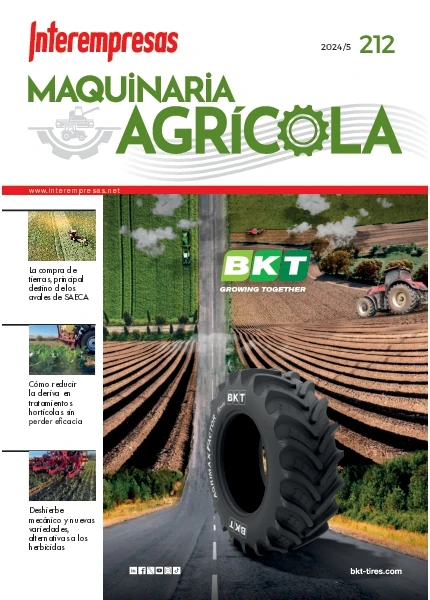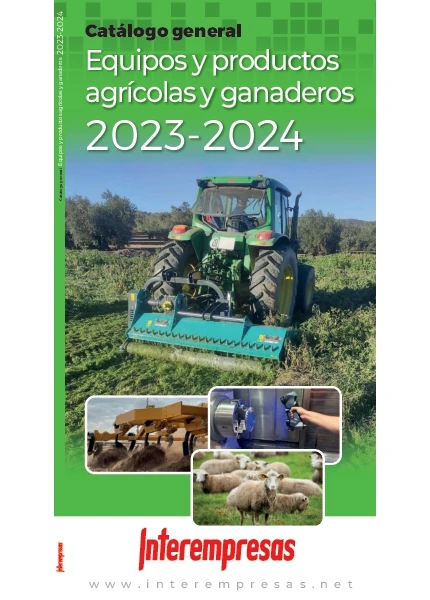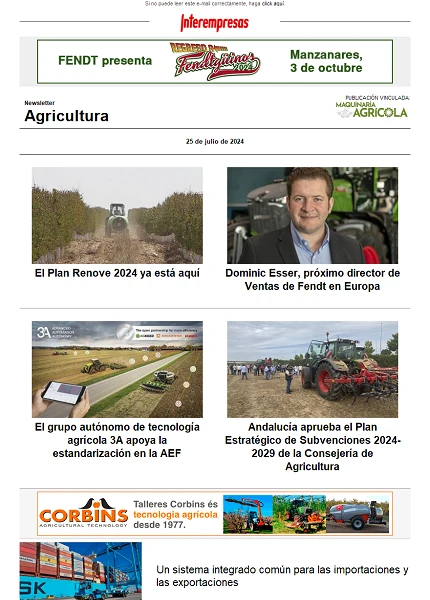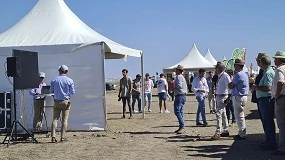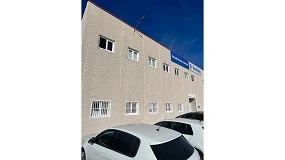Nanosensors versus chemical pesticides in the detection of contaminants in water and crops
June 28, 2011
A chemical device, used as a pesticide and pesticide, can cause serious skin irritation and changes in human health, as well as being a very hard to detect toxic and harmful to the environment. A team of the University Pablo de Olavide use nanosensors to detect contaminants in water and crops, without doing damage to the environment. As a CODA, these technologies are cheaper and more effective than traditional methods already mentioned-based chemicals.
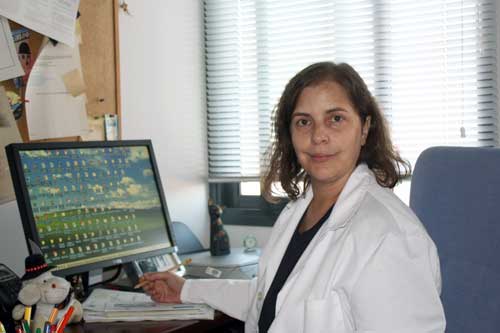
The fight that twins to the science with the field strengthens increasingly. Nowadays, it pursues how substitute the own chemical components of the pesticidas by others more organic that result less contaminantes to environmental level and less toxic for the human being.
By this reason, a qualified team of Andalusian scientists has patented a system of obtaining of nanopartículas of metals with the exclusive purpose to be able to detect contaminantes organic of the calibrate of the pesticidas. It treats of a scientific initiative arisen of the hand of the sevillana
Results that the most important novelty that attains with this experiment nanoestructurado is to measure compound contaminantes that another type of sensors are not able to show. It is the case of the diurón, a herbicide of use generalised/generalized in Europe, that employs in crops very diverse, such as the cotton, the espárrago or the frutales of seed. In Spain, and more specifically in Andalucia, uses in olivares and crops of citruses, very abundant in the zone.
"The problem of this kind of substances is that they are very stable and, therefore, act as pollutants very persistent in the environment that, after reaching the surface, are accumulated in the underground," explains the researcher. However, thanks to the new more restrictive regulations, and the good do modern farmers, there has been a decrease in the concentration of diuron in surface waters in recent years, according to data from the Department of physical systems, chemicals and natural of the UPO. "However, since that is a persistent pollutant, control should be strict, not we cannot lower our guard," emphasizes.
The process that has developed this team relies on sensors of metal nanoparticles (gold, silver, copper, aluminium or palladium), that through techniques of wave Amplificadas in surface analysis, manage to detect and amplify the signals of the spectra of Raman and infrared substances as the Diuron. "To make the sensor, we place on a suitable substrate metal nanoparticles and on these, the sample to be measured," exemplifies Zaderenko. "Our nanoparticles act as small antennas allowing the detection of quantities (very small) traces of the compound".
This occurs because the metal nanoparticles can amplify electromagnetic fields that affect them, therefore spectrum signal widens and organic and inorganic molecules in low concentrations are detected.

A beneficial investigation in terms of health, with a permissive legislation with the Diuron
In the field of human health, this project takes on unusual importance, that continued exposure to the Diuron may produce irritation in eyes, skin and the mucous membranes, as well as disturbing changes in the gastrointestinal, respiratory and urinary tract (with nausea, vomiting and diarrhea). Too much exposure to this toxic may even intervene in alterations in the blood as methemoglobinemia, which damaged hemoglobin incapacitating it to transport oxygen, or possible types of cancer.
The adopted directives to regulate the Diuron have zigzagueado between prohibition and the permissiveness in recent years, and tells Ana Paula Zaderenko. "In 2007, the EU excluded Diuron the directive on the marketing of plant protection products, but in 2008, after studying this substance, was again included in the directive." "However, restricted their use authorizing lower amounts".
The year 2008 directive lays down that the Diuron may only authorize as a herbicide in quantities of not more than 0.5 kg / has (on average by area). Its emission into the environment is also restricted: Diuron emission thresholds established by Royal Decree are 1 kg/year in water and soils.
The project is ideal so that SMEs can control their emissions
The main achievement of this research is that, previously, analyze certain pesticides and pesticide only was possible thanks to techniques of chromatography coupled to mass spectrometry masses of high-resolution, extremely expensive and requiring a laborious preparation of samples. On the other hand, work with Raman and infrared is a great alternative to the traditional method because it is cheaper and does not require maintenance. "The advantage of the technology we have developed, lies in that it would enable small and medium-sized enterprises carry out internal monitoring of emissions, which would facilitate compliance with the rules that the dose of plant protection could adjust quickly and accurately, according to the levels present in the emissions", says Zaderenko.
This research, with the cooperation of the MARM, the Confederation basin of the river Guadalquivir and the Junta de Andalucía entails a rapid analysis, high sensitivity and selectivity in the detection that make it an "attractive claim for food such as olive groves and citrus sector enterprises and the environment," by its usefulness in the analysis of water and crops, says the researcher of the UPO. From here, the research of addresses, according to Ana Paula Zaderenko, the development of nanoparticles with a capacity of fotocatalítica, aimed at the destruction of polluting organic persistent as the Diuron.


